The code of the samurai is always popping up in martial arts circles and popular culture. Written about in the book, Bushido; Soul of Japan by Nitobe Inazo these tenets of Japanese samurai chivalry have seeped into every aspect of our culture. It has painted the samurai as the noble warrior with honor as strong and unbreakable as their armor and swords. Both are really more myth than reality.
The Code

The eight codes of bushido as explained in Nitobe's book:
Righteousness 義 gi
Courage (heroic courage) 勇 isamu/yu
Benevolence 仁 jin
Honesty 誠 makoto/sei
Respect 礼 rei
Honor 名誉 meiyo
Loyalty 忠義 chugi
Self-control 自制 jisei
What could be wrong with that list for warriors to follow? Those are admirable qualities, aren't they? The fact is there really was no such list for samurai to abide by.
Let us briefly look at the author of Bushido: Soul of Japan. In 1900 Nitobe published, Bushido. It was written in English for the English speaking communities outside of Japan. This fact often seems glossed over by many, if not even known about. And this fact should be the spark that sets the fire of curiosity ablaze and clears the brush exposing the ideas of Samurai's Bushido Code for the empty shell of what it really is; a propaganda piece for the nation of Japan. As a historical artifact, the book is essential. For a martial artist, it's a book that could actually be passed over and never read. You wouldn’t be depriving yourself of any crucial information about true budo practice, Bushido or the samurai.
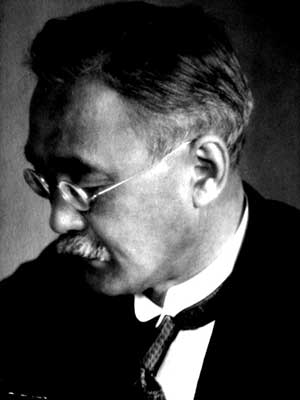
Upon publishing, the book itself and the author were not praised in Japan. With good reason. My purpose isn't to blight the man's reputation, no. In fact, his command of English seems to exceed my own. My aim here is to help dispel the heavy layers of romanticism and Hollywood dust that has settled over all the samurai related history.
Make no mistake, even in Japan, most people don't have a good solid notion of what is myth or fact. Some don't even know the difference between kendo and kenjutsu. Samurai and martial arts training in 2018 does not really go together. They have been divorced for a few hundred years in fact.
Nitobe was born in 1862 in Iwate, Japan. He studied English and was quite proficient. His Catholic upbringing continued into his college years in Hokkaido. His early life separated him from ordinary Japanese life. In 1884 he attended famed John’s Hopkins Univ. in Baltimore, MD. USA. It was while living in Pennsylvania and California that he wrote Bushido+ The Soul of Japan.
PR Campaign
During the Meiji restorations (1868-1912), Japan wanted to modernize itself and play catch up with the western world. Internationally Japan still had a reputation of a feudal society. “Savages” running around with spears and bows and arrows and swords. The samurai class was viewed as the caste of bloodthirsty warriors blighting Japanese reputation. Here was Nitobe’s challenge; to use his intellectual might to craft a book putting Japan’s past in a more glorified light. The light of Bushido, or chivalry.
I can’t really blame Nitobe for this. He had good intentions. And the western public who devoured the book had nothing to compare it with. So it was the go-to book on the samurai ethos for a long, long time.
In Japan, however, Nitobe did not wish it to be translated to his native language of Japanese. With good reason as he was writing about a topic with which he really had no direct experience. It was not seen as a serious publication from other Japanese scholars of the time.

Right from the start, Nitobe tries to assert that chivalry would be translated as Bushido 武士道 in Japanese.
Bu 武 meaning war, shi 士 meaning the man or gentleman/scholar. So bushi 武士 would loosely be warrior or knight and do 道 being the way (spiritual path). Yet more common nomenclature was bushi no michi, (the way of the warrior )and yumiya no michi (the way of the bow and arrow).
Warriors, however, did not have a laid-out spiritual path in common (道 michi/do) in the way Nitobe’s book alludes to with its eight precepts.
People have an image of a young samurai warrior diligently studying the precepts of bushido to be a perfect samurai. While that makes for a great story, anime or Hollywood spectacle, it's not historically accurate.
It was not until the Tokugawa period of relative peace that the warrior class started to codify what it meant to be a warrior. The irony of it was not lost on some even during that time. It is also worth noting that this idea that not just the samurai class but Japanese people themselves inhabited these vales is also incorrect. Historically it was the samurai class itself that wanted to be distinguished and held above the other classes in Japan.
There was no written universal code for warrior behavior like this. In fact, before the Edo period got underway, literacy and the educational system itself was quite shoddy. No general and structured education system existed for a young man or woman born into the samurai class to learn the proper ways of Bushido.
Rules of the Road
The closest thing present were rules that some families handed down or that certain clans had. It was a lot more pragmatic and direct and less vague or broad.
Those rules called house precepts were called kakun 家訓.
Takeda Nobushige, around the year 1558, 3 years before his death on the battlefield wrote to his son, “One’s soldiers should not yell abuse at the enemy. An old saying goes ‘Arouse a bee, and it will come at you with the force of a dragon.’” You will observe he didn't write a list of 6 precepts. In fact, it had over ninety pieces of advice.
And this was from an educated samurai. Not all samurai were of this educational standard.
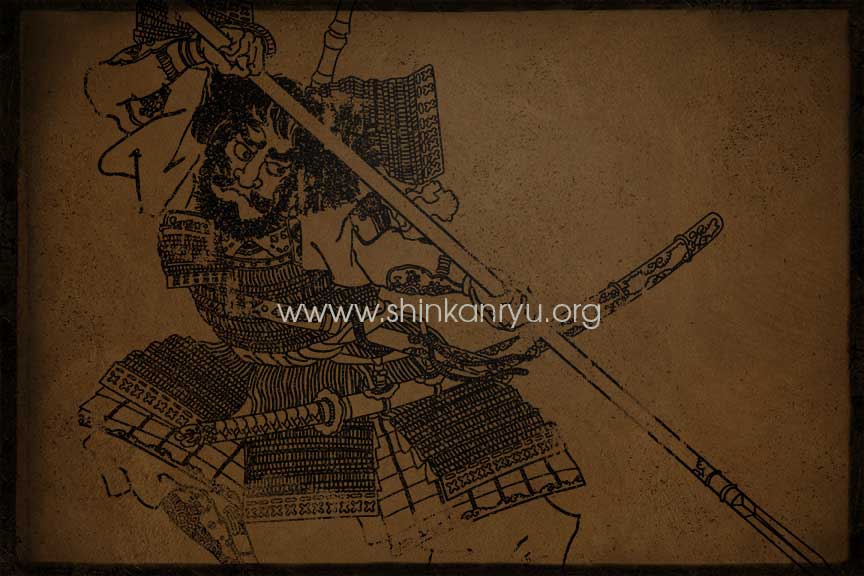
In general, it is my thinking that the samurai class was more of an exploitative group oppressing other classes. Suppressing even the power of the Emperor's court. The tenets of Bushido as propagated by Nitobe's book make the samurai seem quite noble and elegant. I do not think that if you were a farmer, breaking your back giving all your crops to the samurai and subsisting on what they deemed enough to give back to you, for example, millet, that you’d enjoy reading Nitobe’s version showing the samurai class as gracious and honorable noble-warriors.
There were more pushes towards such codes when the Edo period started, and Japan’s warriors were put into peacetime mode. It wasn't until well into the 1700s that schools were brought into the domains and samurai were given access to education en mass. Even then the Tokugawa government supported a type of neo-Confucianism education. Yet somewhere in the capital, or a faraway domain samurai might be learning at a heterodox school. There was no one unifying educational system or “religion of the samurai.” It was very dependent on where you lived. Just as there was more than one sword system, there was more than one philosophical system based on Confucianism.
"Morally correct behavior," Nitobe writes, “Rectitude or Justice, the most cogent precept in the code of the samurai. Nothing is more loathsome to him than underhand dealings…”
He even talks about the forty-seven ronin as men of righteousness. Well, that might be a matter of personal opinion. Mine is that the 48 Ronin were NOT righteous at in their acts at all. The samurai were not always so morally correct, and even among themselves morals shifted and skewed to favor whatever selfish purposes lurked in one's mind.
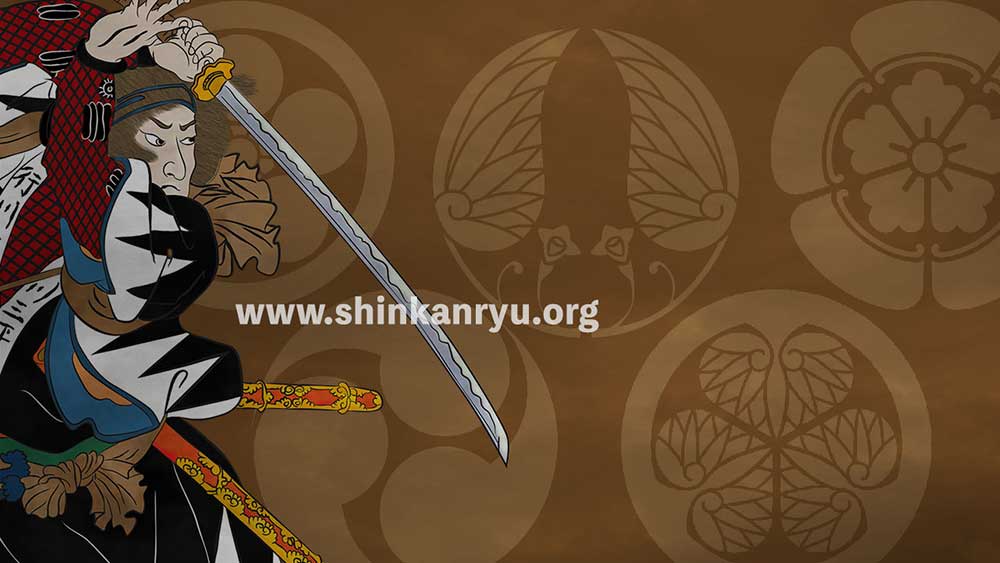
For all the prattling on he does about these virtuous tenets it is not what the samurai warriors were about as a whole, and there was never anyone religion or code of the samurai. If there was one, then it would be a zen-Buddhist fusion of Confucian ideas followed later by neo-Confucianism as well as the later Kokugaku movement which focused more on ancient Japanese study and away from its Chinese sources. This later movement also started giving rise to the 'sonno joi' ideals which was to revere the emperor, expel the barbarians. The samurai were indeed not loyal here. Many turning against their own government made up of their own class all in the name of not opening up the country to foreign nations.
The ideas of the samurai in books like Bushido are not based on historical records. It is a mosaic of ideas put together to paint a picture of a noble spiritual warrior class that never existed.
As well, samurai were not all warriors. Let’s look clearly at the Edo period when so many of the things about samurai and life were more codified and condensed. Samurai were at that time, civil servants and government workers. They didn't perform battle duty as was necessary during the warring states period. If you were a samurai during the Edo period then you counted supplies, you wound governmental red tape around everything.
Yes, you did learn the arts of warfare..but they weren't being implemented as they were earlier in history. It was, in fact, the warriors entrenching themselves into the nobility system and emperors court that turned them slowly into the bureaucrats they came to be in the end.
So what is Bushido?
What are the ideals envisioned by Nitobe? Someone asked me what I felt bushido is. I think the virtues Nitobe puts down as righteousness, courage, compassion, respect, integrity, honor, and loyalty are good to have as a normal functioning human and martial artist. Compassion and courage and respect are severely lacking in most people. To be a good warrior means to have martial skills. Those skills need to be tempered with compassion and righteousness and wisdom first.
The Bushido code as we know it is not how it existed in history. Samurai as a whole cannot be generalized as some modern researchers and teachers of martial arts or "samurai/ninja schools" try to do. The ideas expressed in those codes are indeed good things to consider and try to bring into one's practice, but they are a very modern construction and not the commandments of the samurai as it seems most people think they are. They really have nothing to do with the samurai at all. They are general principles that all people should live by.
As a modern-day practitioner of martial arts, I think wisdom and compassion first and foremost are what need to be cultivated. Generally, people's minds are polluted with the narrow vision of selfishness and lack of empathy. I have come into contact with those types of people more often than I think should be normal.
The ratio of those not trying to refine their characters is much higher than I think should exist in the arts of Budo.
I am not suggesting that everyone have all the Bushido tenets in spades, but to, at the very least, strive for it. To make an attempt towards spiritual cultivation and refinement. I have said this ad nauseam.
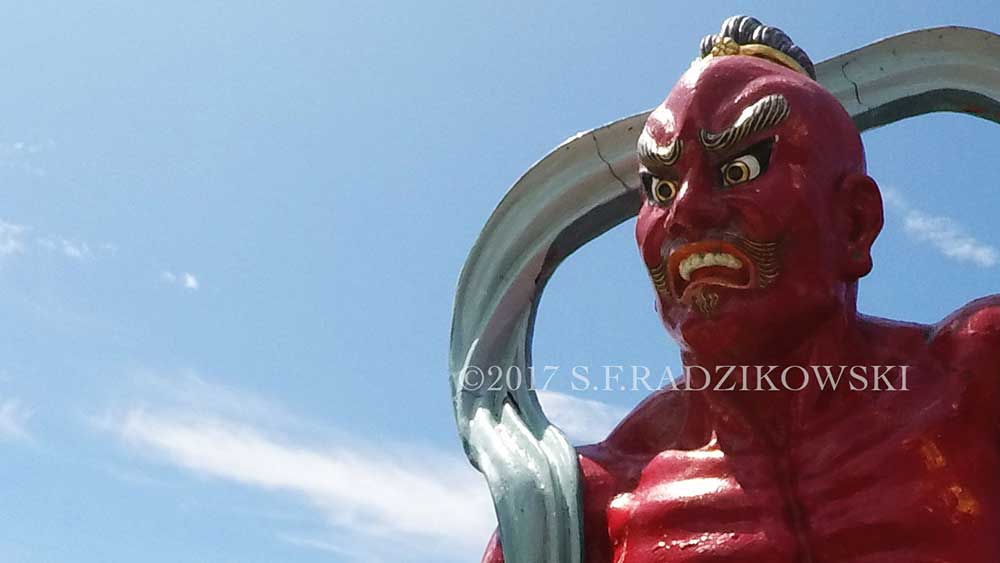
It is not merely being the most compassionate or righteous etc. etc. It is about having wisdom. I believe that wisdom is the other half of compassion. This core of wisdom and compassion helps us see the faults we have and repair the problems of our character.
I am far from perfect. But I am aware of the wisdom I have that very quickly shows me what I have done wrong. It is the warrior's job to attend to his own spiritual skills, character, and mind. The physical skills and body are essential as well.
As Bushido, or the way of the warrior that is what I think boils down to.
Let's contemplate what is missing from our practice. If you're just swinging around a sword, you are missing a significant component of your training in my opinion. I write this from the perspective of sword training, but it applies to any other martial arts with or without weapons.
I don't think Nitobe understood the far-reaching consequences his book would have. Being used to foster nationalism during ww2 and helping to sell books in the ’80s about businessmen and corporate samurai etc. not to mention all the films that would latch on to that idea and portray samurai as something they never really were.
I will leave you with Nitobe's own words,
“I did not intend Bushido for a Japanese audience.”
©2018 Steven F. Radzikowski

ラジカスキー真照
館長Saneteru Radzikowski is the head sword instructor of Shinkan-ryū Kenpō. He lives and teaches Iaijutsu and Kenjutsu from Nara, Japan.
A Lesson Of The Brush & Budō
Today during shodo practice I wrote this. Our minds as the top of...
Practice
The car at the bottom of the hill needs a sustained gas pedal to move...
Iaido Tachi & Seiza Waza
Demonstrations of unique iaijutsu and complimentary techniques between standing and sitting.
Is Compassion Important In Martial Arts?
What is compassion? Compassion is a concern for the suffering or problems of others. The...
Components of Iaido Iaijutsu
[fusion_builder_container hundred_percent="no" hundred_percent_height="no" hundred_percent_height_scroll="no" hundred_percent_height_center_content="yes" equal_height_columns="no" menu_anchor="" hide_on_mobile="small-visibility,medium-visibility,large-visibility" status="published" publish_date="" class="" id="" background_color="" background_image="" background_position="center...
Rei – 礼 – Gratitude In Budo Training Life
Gratitude for our swords and training equipment, and those that made them. To our teachers...
Shu-ha-ri Budo Learning
7 Year Anniversary of Online and In-person Sword Learning
Today marks a significant milestone in our journey — the 7th Anniversary of Shinkan-ryu Kenpo!...
Study The Self. Learn The Sword
Learn the sword or budo and learn of yourself. Learn about yourself to learn budo....
Japanese Era 710-1868 Part 1 Nara & Heian
Nara period. 710-794 We shall begin with the Nara period. 710-794. Japan had recently changed...
Bujutsu Truth
Be honest. Move with the truth and discard the lies and false facades. Leave them...
Learning Koryū Kenjutsu & Iaijutsu Traditionally
Bushido: The Soul of Japan
The code of the samurai is always popping up in martial arts circles and popular...
Tachi Iai & Suwari Iai Demonstrations
[fusion_builder_container hundred_percent="no" hundred_percent_height="no" hundred_percent_height_scroll="no" hundred_percent_height_center_content="yes" equal_height_columns="no" menu_anchor="" hide_on_mobile="small-visibility,medium-visibility,large-visibility" status="published" publish_date="" class="" id="" background_color="" background_image="" background_position="center...
Ken Zen Ichi Nyo Sword & Zen Are One
剣禅一如 The sword and zen are one. The mind of zen is an important consideration...
What is true budo?
Studying the arts of fighting leads to peace. The pursuit of martial arts has one...
Mitorigeiko Special Practice
Present and switched on The method of critically watching practice is commonly referred to as...
Secrets of Swordsmanship: In-yō. Ying & Yang
I wanted to talk about IN-YŌ 陰陽, or more commonly known as yin & yang....
Making Excuses In Martial Arts
In the dojo, when I hear a student offer excuses to a teacher, I can...
Estás Involucrado en un Culto de Artes Marciales?
Recientemente tuve una conversación con alguien que se refirió a su escuela como una genuina...
Impermanence, The Mind, and the Truth
After every meditation session my teacher, with his eyes still closed, would softly speak in...
Be Thankful.Be Earnest In Bujutsu & Life
Be thankful for your mistakes, failures, and blunders. They are your own teacher reminding you...


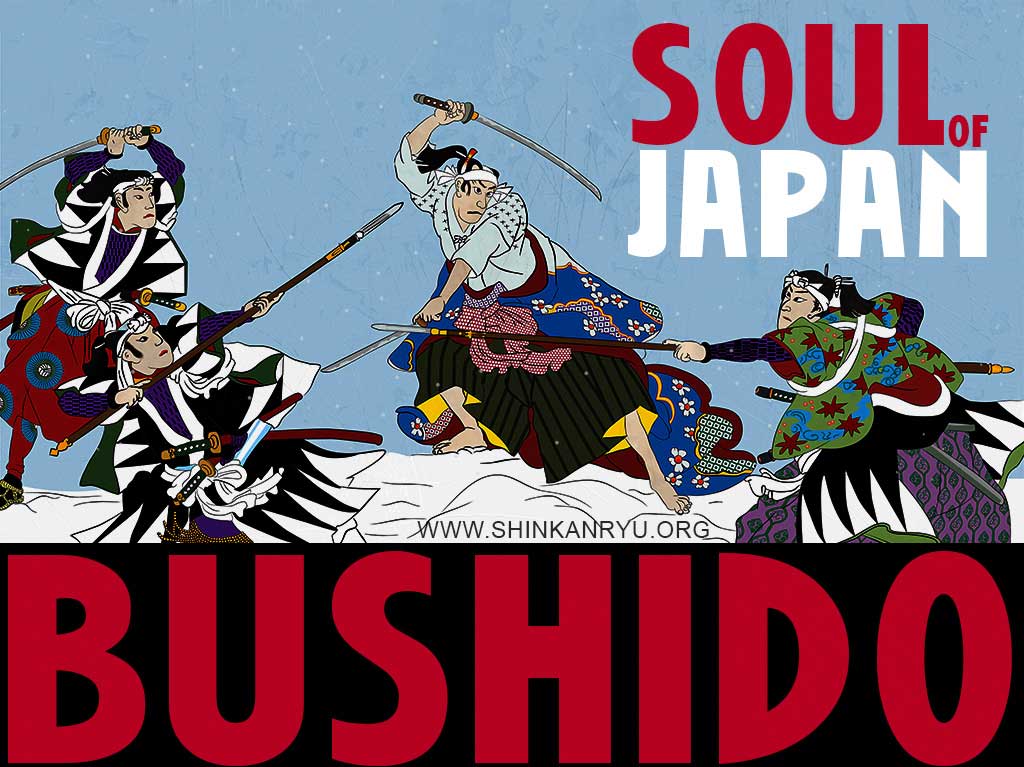
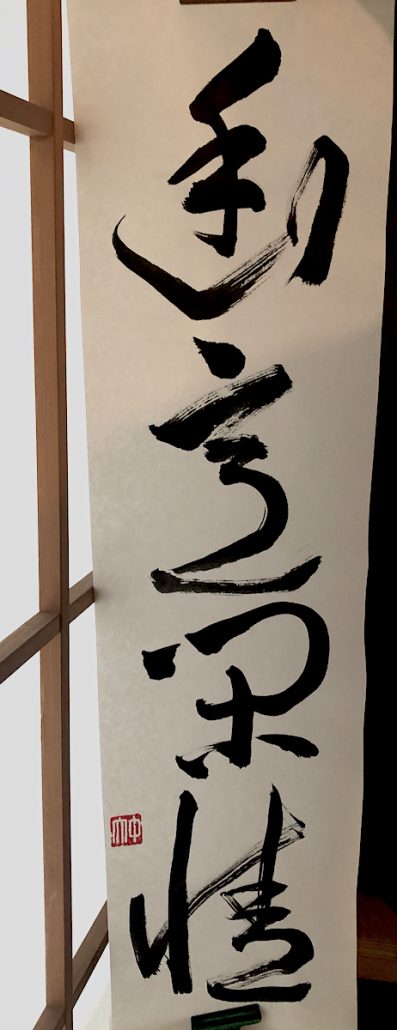
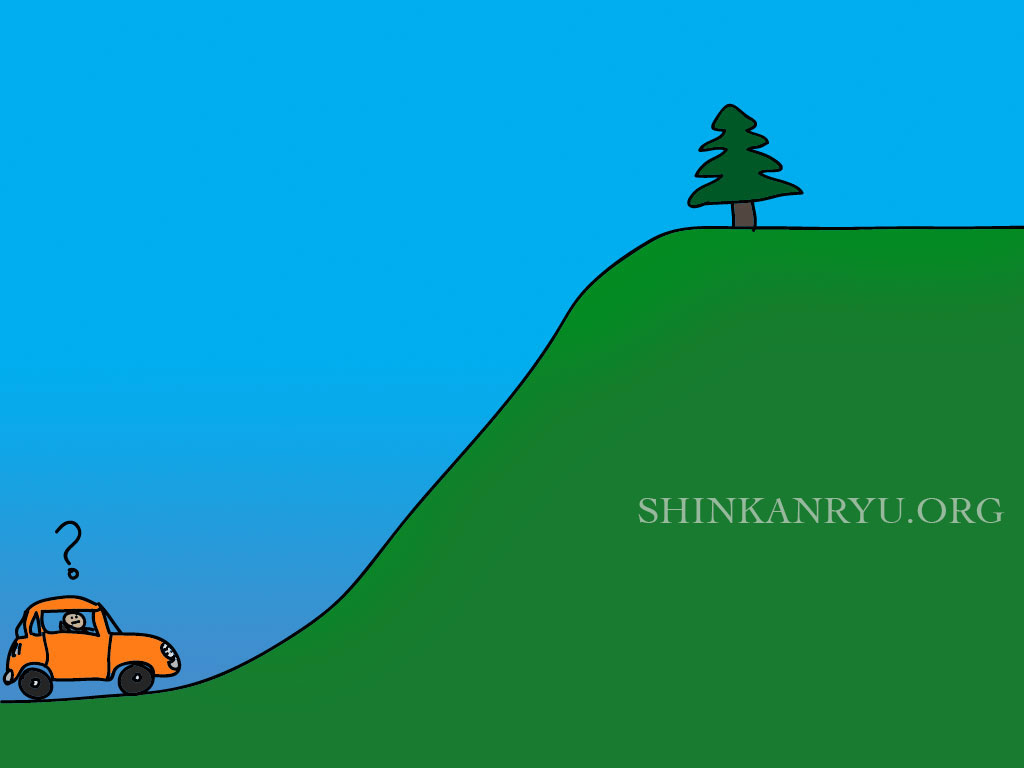
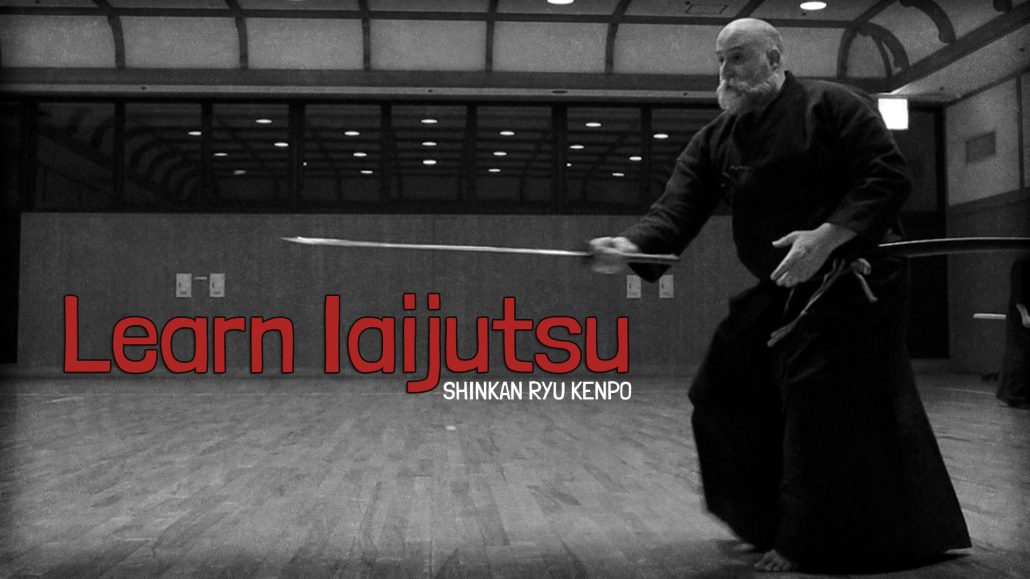
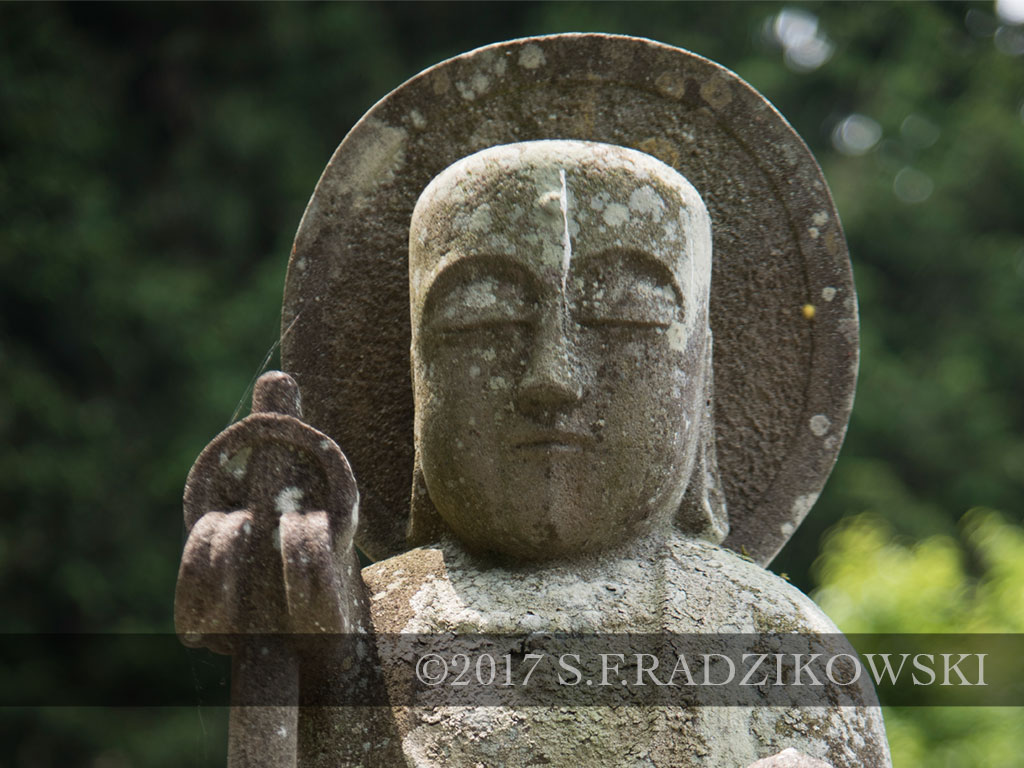
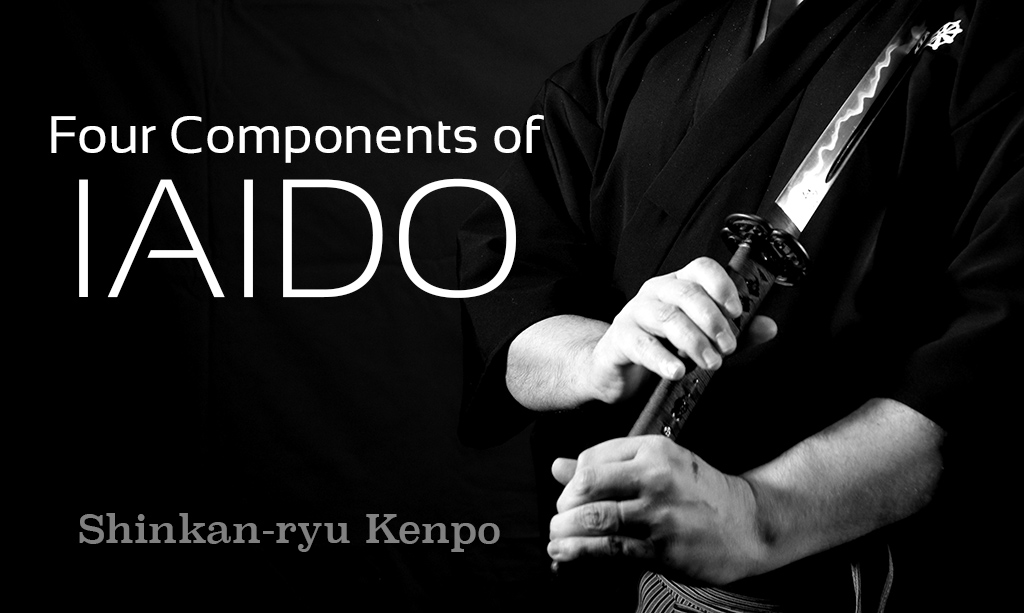
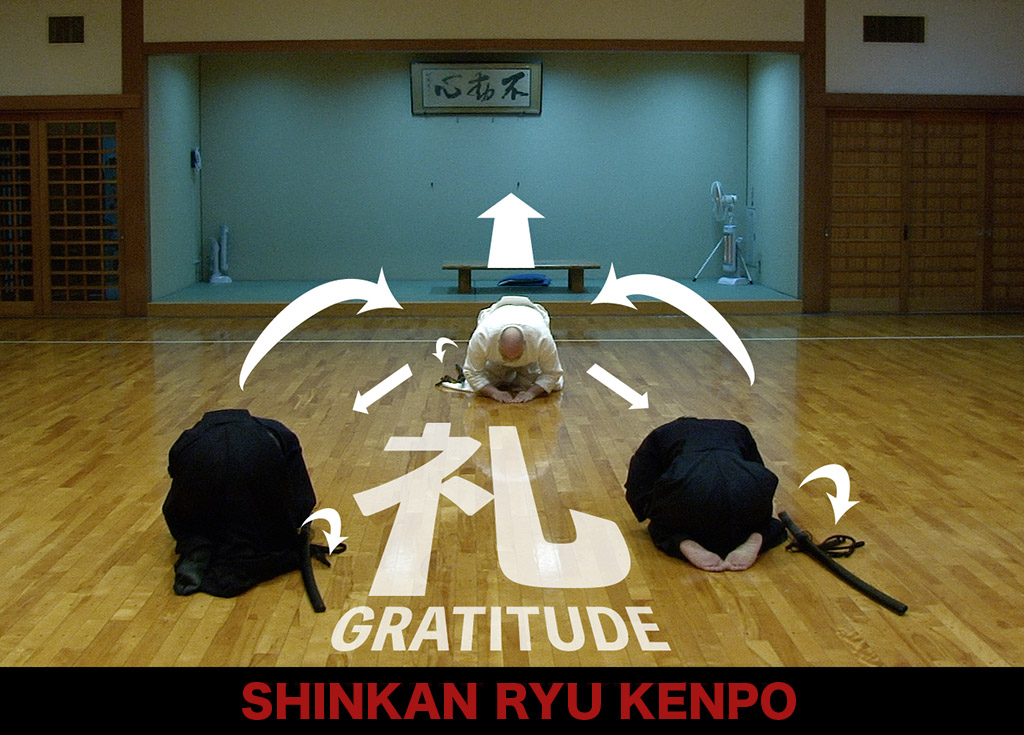
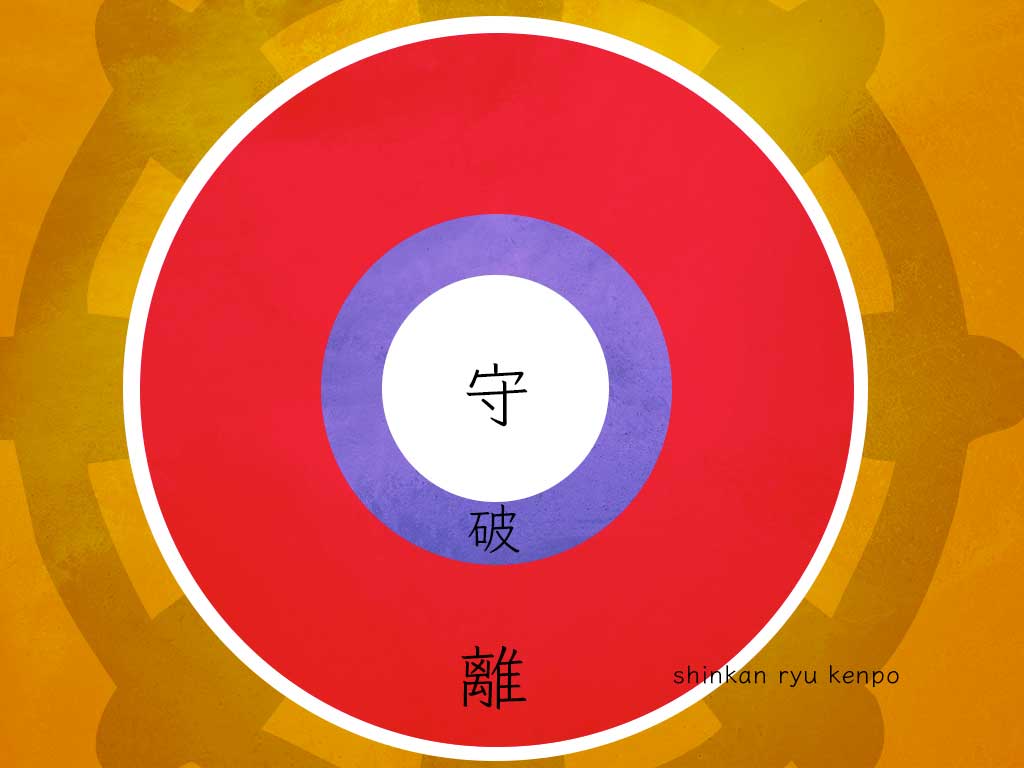
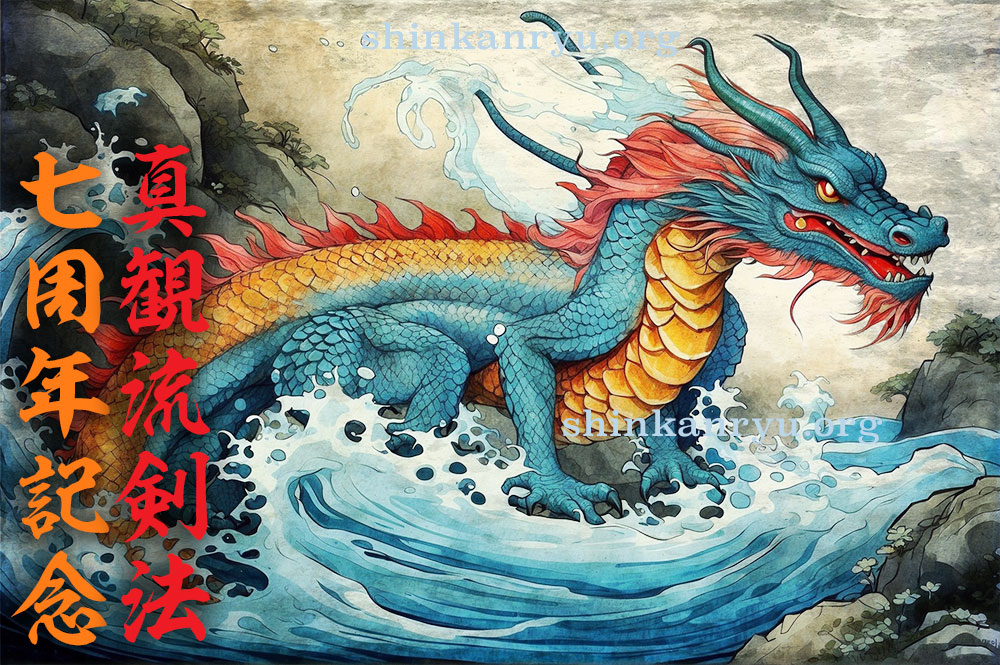
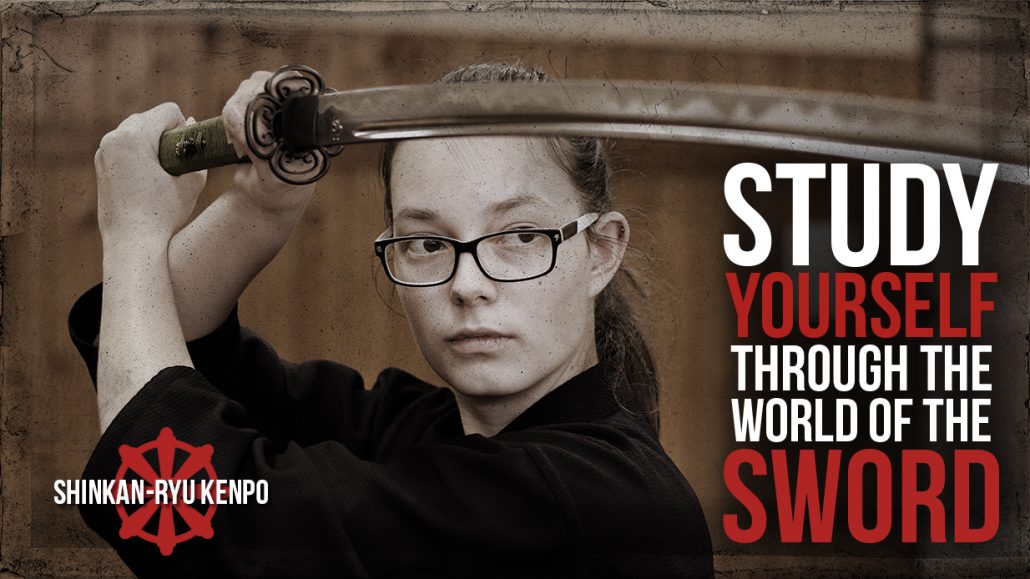
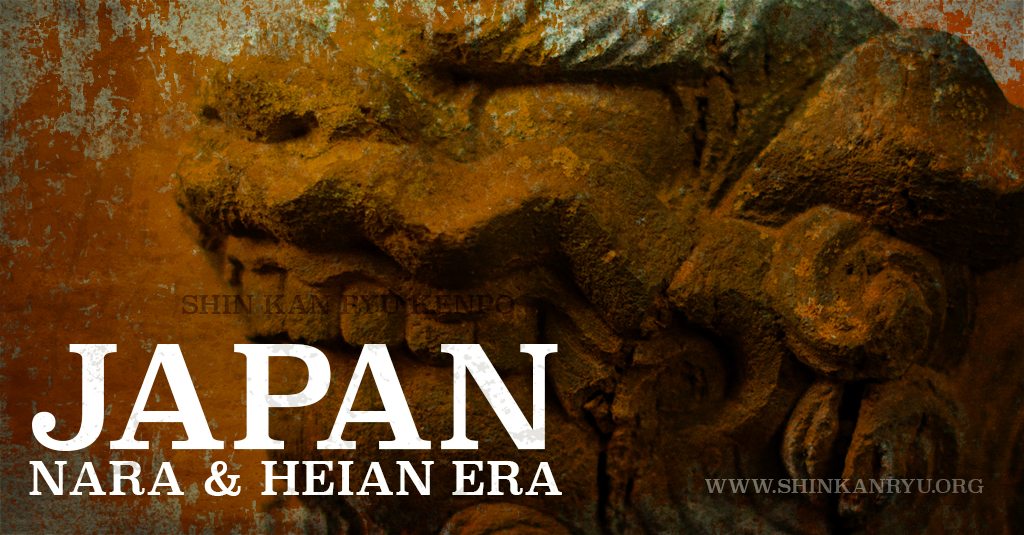
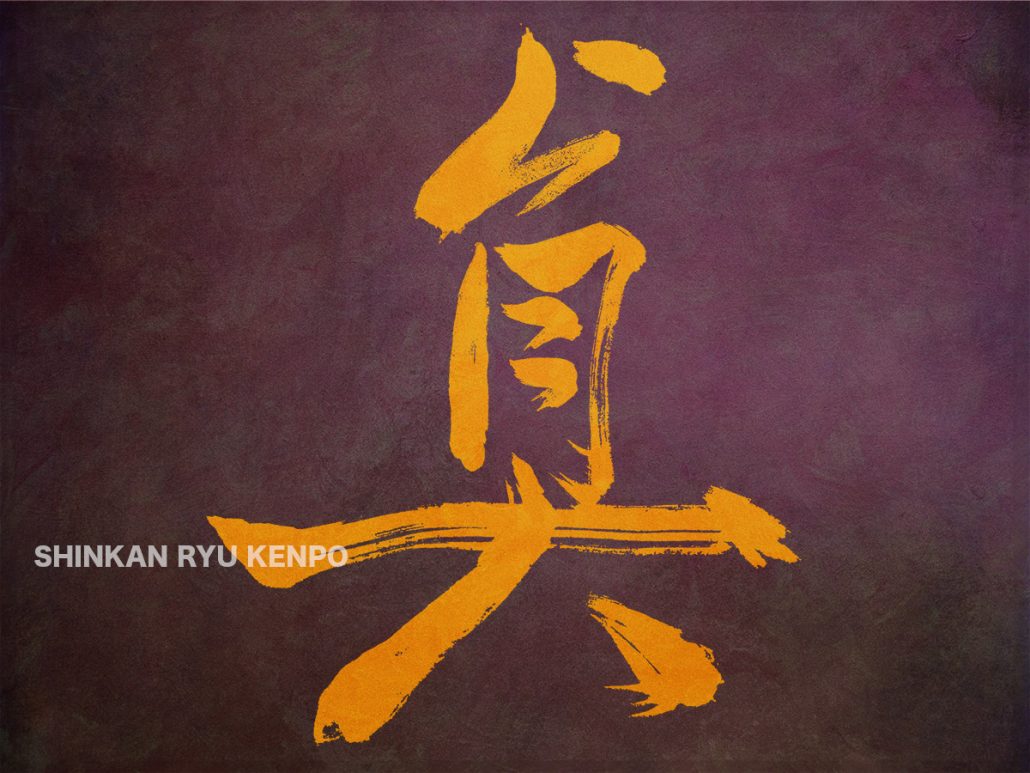
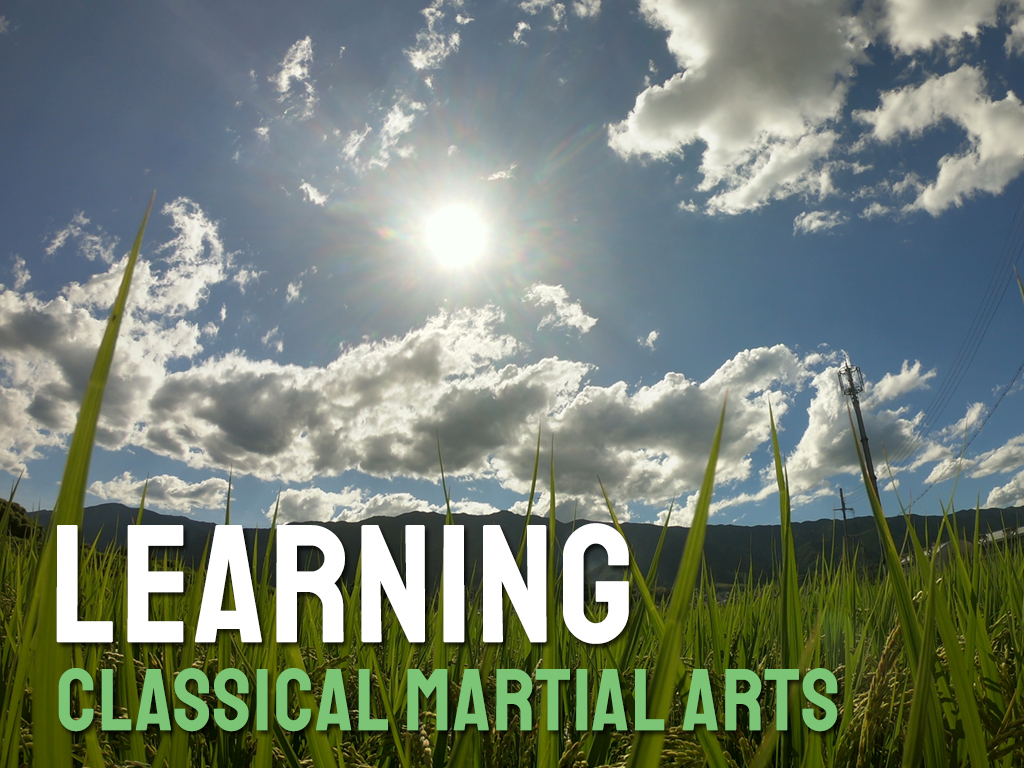
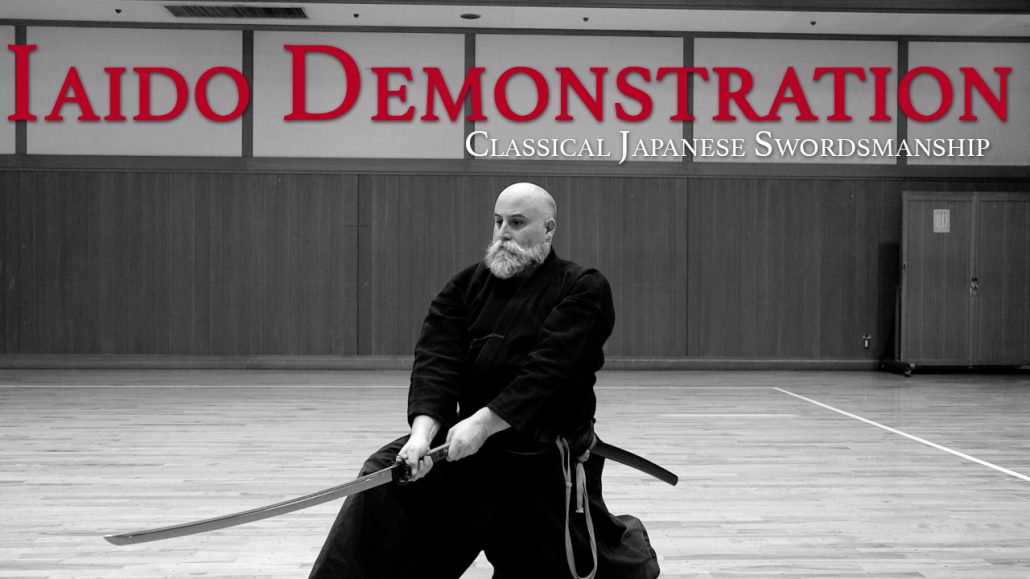
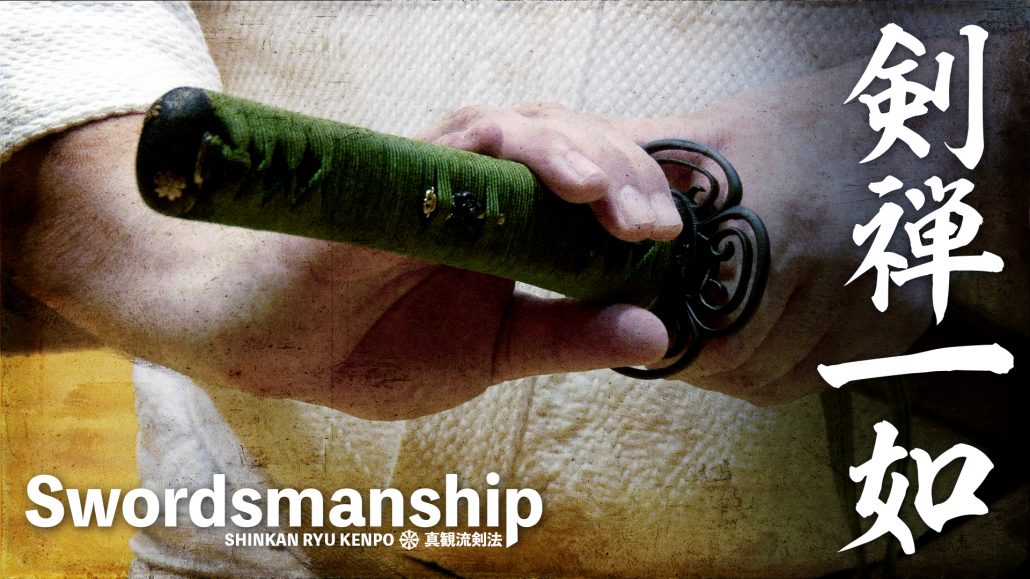
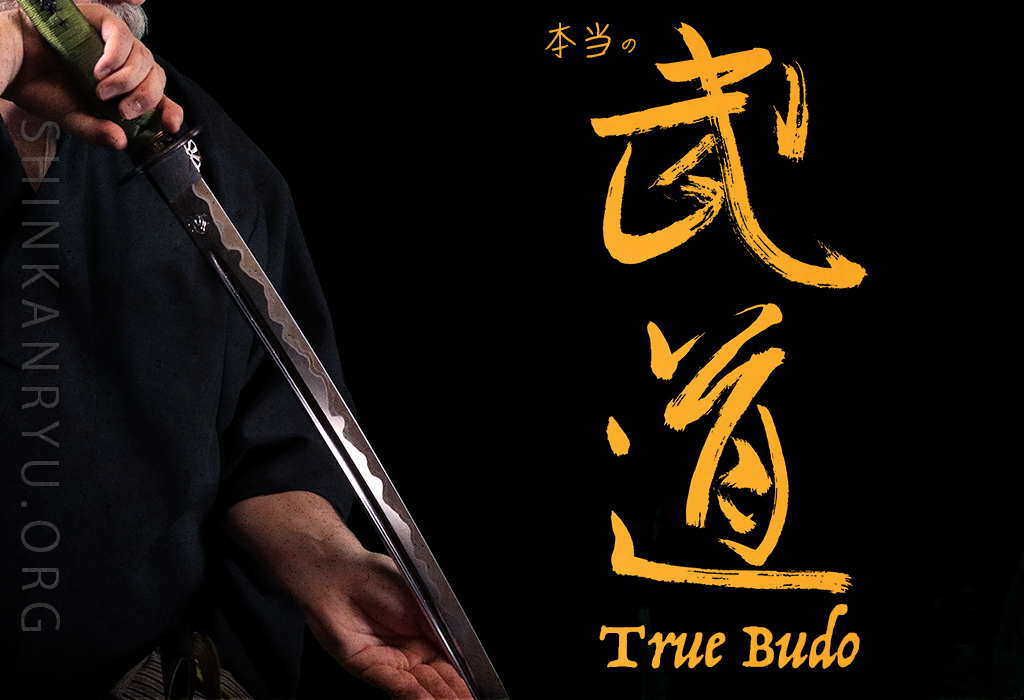
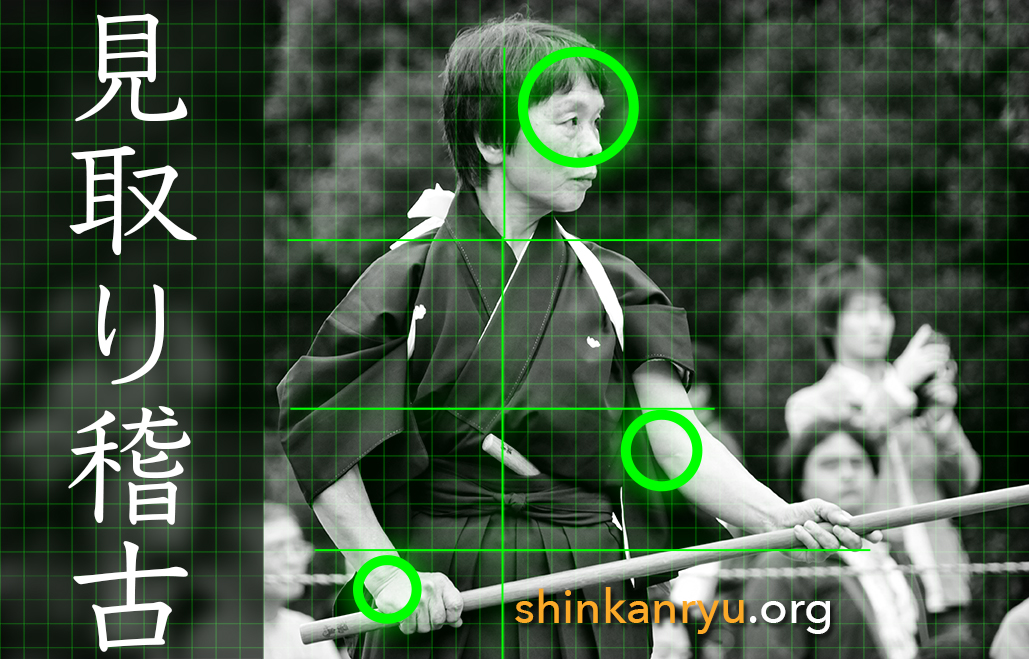
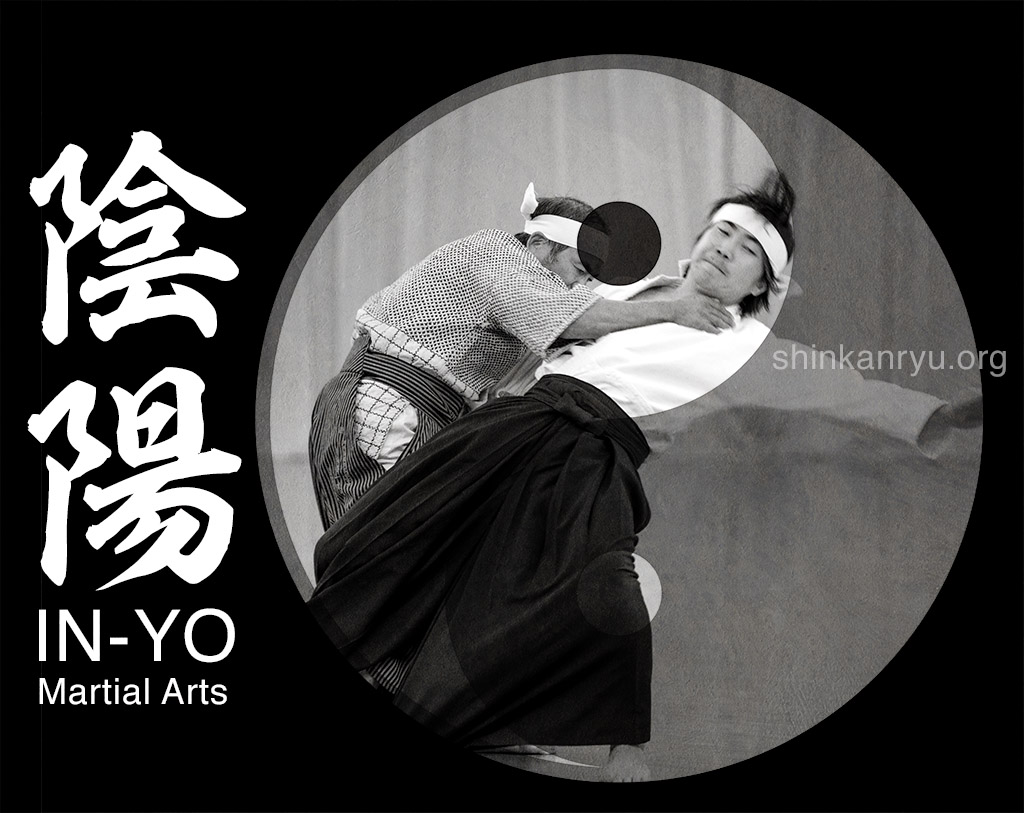
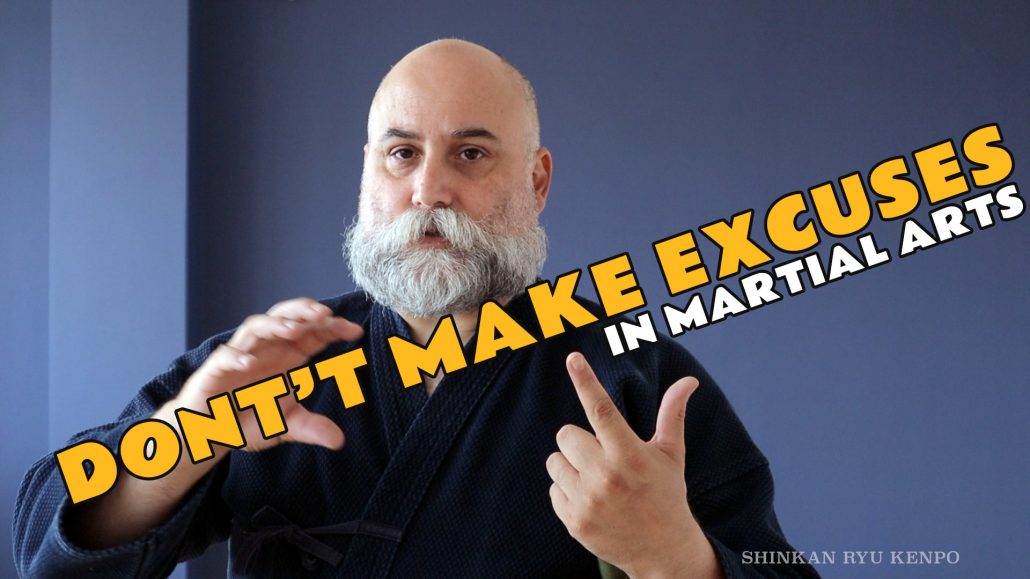
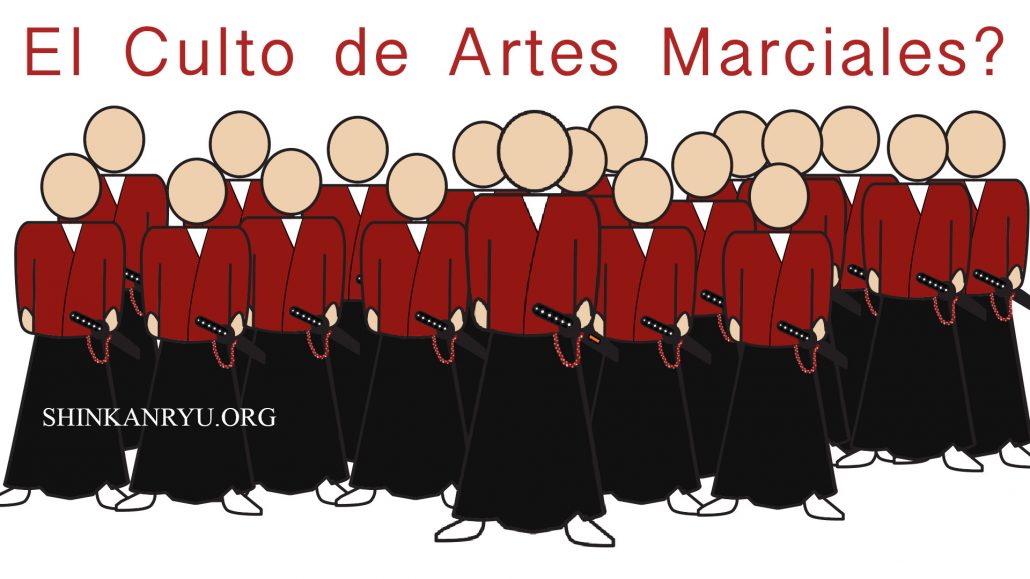
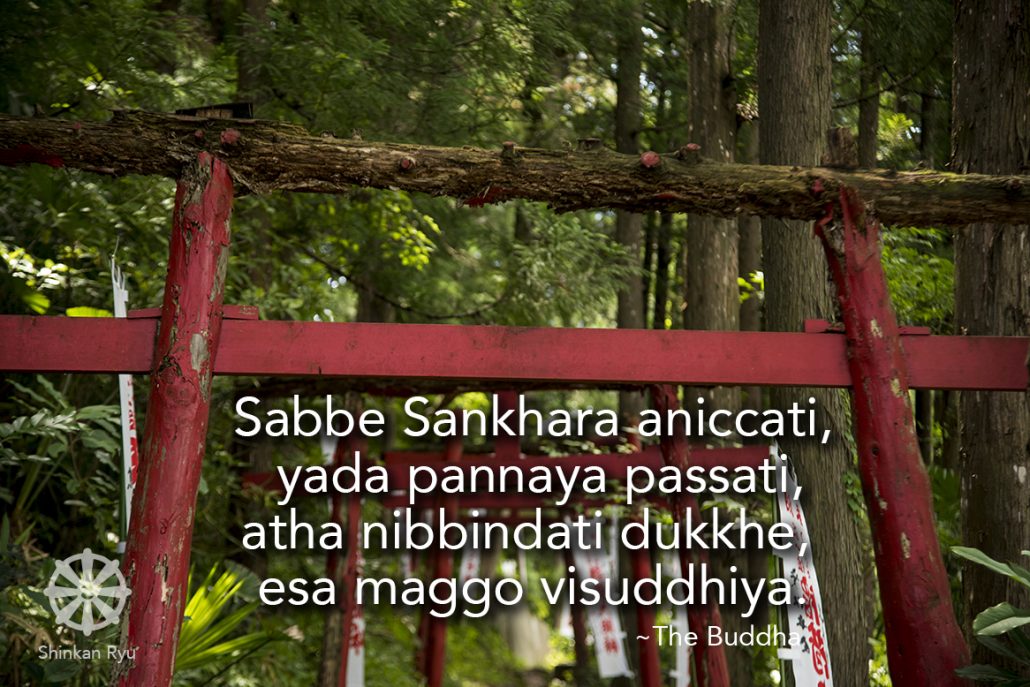
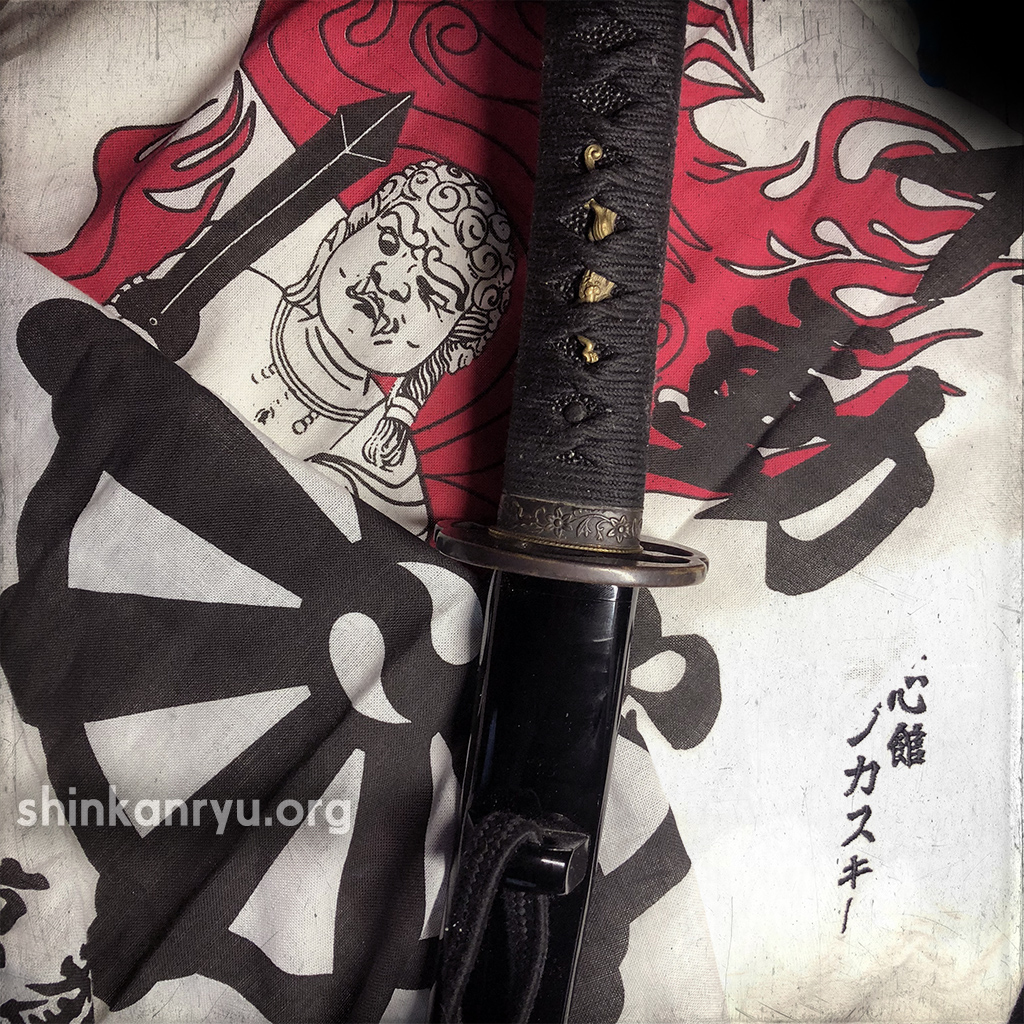
Thank you for this post, Sensei.
One of the most sobering discoveries I ever had was that samurai (like the European knights Nitobe compares them to) were rarely noble and virtuous. Many were power-hungry and tyrannical. The romanticization of samurai and knights, while appealing, isn’t really grounded in history.
As you say, I think the virtues outlined in Nitobe’s concept of ‘Bushido’ are good for everyone to strive for, including martial artists. And we can strive for them even if we aren’t members of a social elite. That said, we also do well to know the difference between the ideal and historical fact.
Thanks for the read Radzikowski-sensei. People do this same thing today trying to erase history and hide the dark side of the past from future generations. This is on a large scale in the USA and Canada. “If we forget the past we’re bound to repeat it”.
Thank you for the post Sensei. Its a hard wall to hit to realize that a great deal of what attracted me at first to study Kenjutsu is mainly propaganda. But I do beleive that the concepts expressed in the book, romaticized or not, have helped me and hopefully many others, to strive to be a better person. I guess in the end I don´t really mind if these virtues are not historically accurate as long as the Kenjutsu we study today takes them into consideration. Not to be like the samurai of old, but to be more like they should have been.
Thank you for this post Saneteru Sensei. It gets to the heart of a lot of glorification of what we’re essentially undeniable horrors and unjust actions, later reframed and gilded as a PR move.
I have never much been interested in being a samurai. The people who Made their swords have always been more interesting by far. And samurai never seemed like somebody to admire, but I was never into glorifying war. I simply wish to be a swordswoman and a good person.
This was very helpful framing. Thank you.
Thank you for helping clear the fiction from the reality Saneteru-Sensei. History is often a lot less pretty though it tends to be remembered as such.